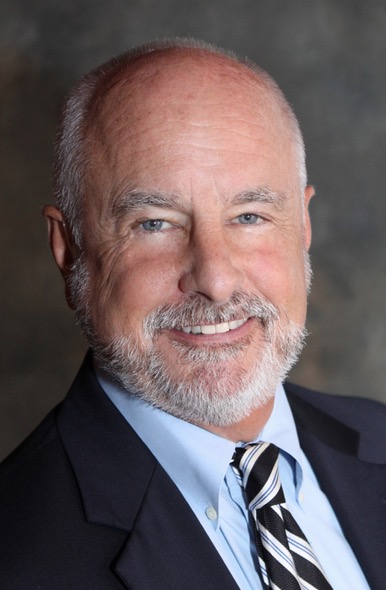
By KIM BELLARD
These are not happy times in America.
Now, I’m not thinking about the increasing cultural wars, the endless political bickering, the troubles in the Med-East or Ukraine, the looming threat of climate crisis, or the omnipresent campaigning for the November 2024 elections, although all those play a part. I’m talking about quantifiable data, from the latest World Happiness Report. It found that America has slipped out of the top 20 countries for the first time, falling to 23rd – behind countries like Slovenia and the U.A.E. and barely ahead of Mexico or Uruguay.
Even worse, the fall in U.S. scores is primarily due to those under 30. They ranked 62nd, versus Americans over 60, who ranked 10th. A decade ago those were reversed. Americans aged 30-44 were ranked 42nd for their age group globally, while Americans between the ages 45-59 ranked 17th.
It’s not solely a U.S. phenomenon. Overall, young people are now the least happy, and the report comments: “This is a big change from 2006-10, when the young were happier than those in the midlife groups, and about as happy as those aged 60 and over. For the young, the happiness drop was about three-quarters of a point, and greater for females than males.”
“I have never seen such an extreme change,” John Helliwell, an economist and a co-author of the report, told The New York Times, referring to the drop in happiness among younger people. “This has all happened in the last 10 years, and it’s mainly in the English-language countries. There isn’t this drop in the world as a whole.”
Jan-Emmanuel De Neve, director of the University of Oxford’s Wellbeing Research Center and an editor of the report, said in an interview with The Washington Post that the findings are concerning “because youth well-being and mental health is highly predictive of a whole host of subjective and objective indicators of quality of life as people age and go through the course of life.”
As a result, he emphasized: “in North America, and the U.S. in particular, youth now start lower than the adults in terms of well-being. And that’s very disconcerting, because essentially it means that they’re at the level of their midlife crisis today and obviously begs the question of what’s next for them?”
Gen Z is having a mid-life crisis.
Continue reading…
 What do employers want more than anything? Healthy, engaged, productive, energized, and thriving employees who provide great customer service and high quality products. What they have is all too often the antithesis of that.
What do employers want more than anything? Healthy, engaged, productive, energized, and thriving employees who provide great customer service and high quality products. What they have is all too often the antithesis of that.







